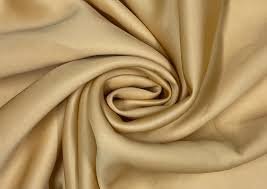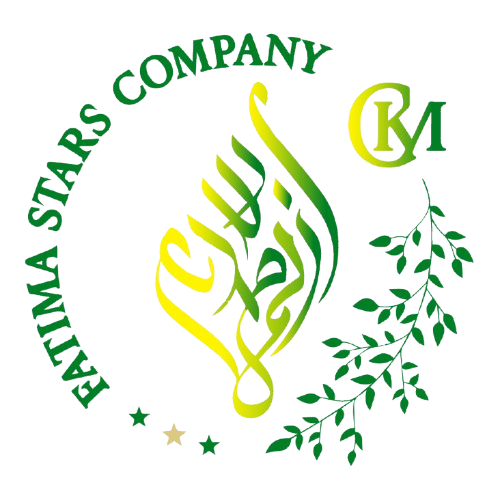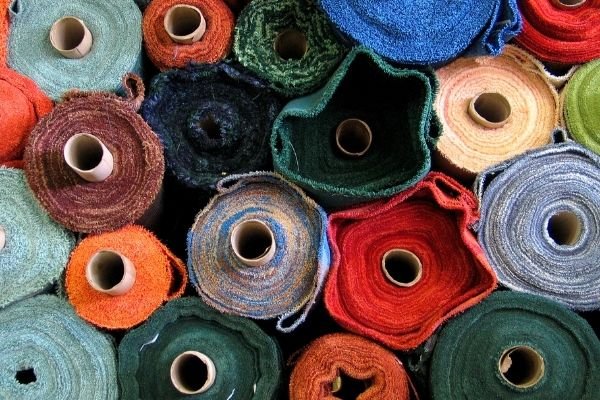Overview
In the ever-evolving textile industry, polyester fabric has emerged as one of the most essential and widely used materials in the world. From fashion to furniture and industrial applications, polyester fabric has become a go-to choice for manufacturers and consumers alike. The image of colorful fabric rolls you see above showcases the wide variety and vibrant appeal that polyester fabric offers. Whether you’re in the apparel business, home décor industry, or simply shopping for everyday items, understanding polyester fabric can help you make better and more informed choices.
What Is Polyester Fabric?
Polyester fabric is a synthetic textile made from petroleum-based products through a chemical process involving ethylene glycol and dimethyl terephthalate. The resulting fibers are then spun into yarns and woven or knitted into fabric. Introduced commercially in the 1940s, polyester fabric revolutionized the textile world with its durability, affordability, and ease of care.

Unlike natural fabrics like cotton or wool, polyester is man-made, offering properties that make it ideal for modern usage. It can also be blended with other fibers to combine strengths and reduce costs.
Why Polyester Fabric Is So Popular
Polyester fabric is widely favored for many compelling reasons:

-
Exceptional Durability
Polyester fabric is highly resistant to stretching, shrinking, and wrinkling. This makes it perfect for clothing, upholstery, and any textile that needs to maintain shape and quality over time. -
Moisture-Wicking Properties
Many sportswear and activewear brands use polyester fabric because of its excellent moisture-wicking ability, keeping the skin dry and cool during physical activity. -
Color Retention
As evident in the vibrant fabric rolls in the image, polyester fabric retains dye extremely well. The colors stay bright and bold, even after multiple washes and long-term use. -
Low Maintenance
One of the biggest advantages of polyester fabric is how easy it is to care for. It’s machine-washable, dries quickly, and rarely needs ironing — perfect for today’s fast-paced lifestyle. -
Cost-Effective
Compared to natural fibers, polyester fabric is significantly more affordable while still delivering high performance and aesthetic value.
Common Applications of Polyester Fabric
Polyester fabric is used across various industries due to its adaptability and performance:
-
Fashion and Apparel
From everyday t-shirts to luxury formal wear, polyester fabric is a mainstay in clothing production. It blends well with cotton, rayon, and spandex for enhanced comfort and flexibility. -
Home Furnishings
Curtains, upholstery, pillow covers, rugs, and bed linens often feature polyester fabric due to its strength, color variety, and ease of cleaning. -
Industrial Textiles
In the industrial sector, polyester fabric is used in seat belts, conveyor belts, tire reinforcements, and filtration systems. -
Outdoor Equipment
Thanks to its water-resistant and UV-resistant properties, polyester fabric is ideal for tents, tarpaulins, awnings, and backpacks.
Types of Polyester Fabric
There are several different types of polyester fabric, each offering unique benefits:
-
PET (Polyethylene Terephthalate)
This is the most commonly used type of polyester fabric, known for its strength and chemical resistance. -
Microfiber Polyester
Made from ultra-fine fibers, this type is incredibly soft and is often used in cleaning cloths, bedding, and high-end garments. -
Recycled Polyester (rPET)
An eco-conscious option made from recycled plastic bottles and waste materials, rPET is gaining traction among sustainable brands and environmentally conscious consumers.
The Beauty of Color in Polyester Fabric
One of the standout features of polyester fabric is its excellent dye absorption. This results in a rich variety of colors and designs, like those seen in the image. Polyester’s resistance to fading makes it a popular choice in fashion and interior design, where both function and appearance matter.
Environmental Considerations of Polyester Fabric
While polyester fabric offers many benefits, it is important to consider its environmental impact. Being petroleum-based, it is not biodegradable. However, recent innovations have made strides toward sustainability:
-
Recycling Technologies
The rise of recycled polyester fabric (rPET) has significantly reduced the textile industry’s carbon footprint. -
Eco-Friendly Blends
Combining polyester with natural fibers reduces the synthetic content and improves biodegradability. -
Sustainable Manufacturing
New methods, such as waterless dyeing and energy-efficient processes, are helping make polyester fabric more eco-friendly.
Final Thoughts
Polyester fabric has truly revolutionized the textile industry. Its unmatched durability, affordability, and versatility have made it a staple in countless applications — from fashion and furnishings to outdoor gear and industrial use. As sustainability becomes a key focus, the development of recycled polyester and eco-friendly manufacturing processes is giving this fabric a more responsible future.
Whether you’re a textile professional, fashion designer, or conscious consumer, polyester fabric remains a smart and stylish choice.

